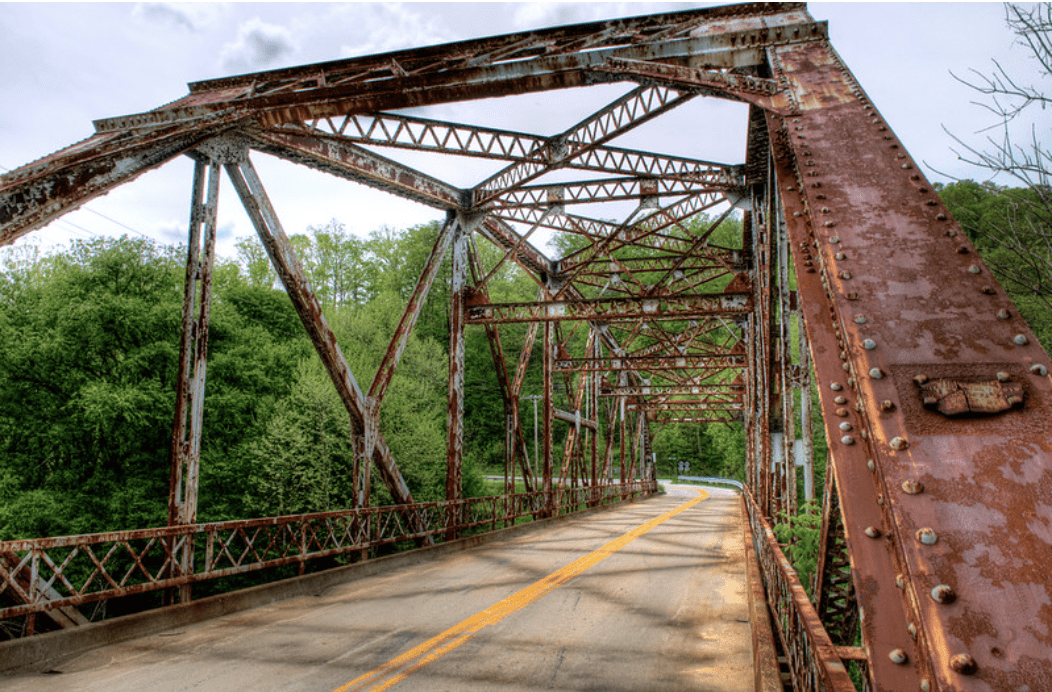What is PAVE?
PAVE is Global X U.S. Infrastructure Development ETF which “seeks to invest in companies that stand to benefit from a potential increase in infrastructure activity in the United States.”
Why infrastructure? What is the investment thesis?
We believe that the market currently underestimates the need for infrastructure investments and the magnitude of current and future government support for such investments. We believe that our fund should be positioned to benefit from this market gap in the long run.
There is bipartisan support for infrastructure spending. We believe that the bill passed in 2021 is just the beginning of large-scale government initiatives aimed at repairing and expanding the nation’s infrastructure. The catalyst for the expansion of government support and increased spending on infrastructure will be the continuation of negative effects of climate change on existing infrastructure.
Why PAVE and not some other infrastructure ETF?
- There are a number of infrastructure EFTs on the market. PAVE is the largest by AUM.
- PAVE is passively managed – it follows the Indxx U.S. Infrastructure Development Index. Its expense ratio of 0.47 is among the cheapest.
- Blackrock’s IFRA with an expense ratio of 0.30 is another strong candidate but appears to tilt more towards the utilities sector.
- PAVE’s holdings are over 90% in the industrials and materials sectors. Its top holdings are companies such as Eaton (ETN) – a global power management company, Parker Hannifin (PH) – an engineering company, and Trane Technologies (TT) – a climate control company (recently featured on Business Breakdowns).
How does PAVE fit into the portfolio?
As of December 2023, the only direct exposure to either materials or industrials sectors is our holding of Lockheed Martin (LMT) which is more closely tied to defense and aerospace than infrastructure. Importantly, PAVE provides exposure to mid- and small-cap companies. The weighted average market cap of PAVE constituents is only $34bln, compared to over $600bln for the S&P500, and nearly one trillion for our fund.
What are the risks?
PAVE’s performance is pretty cyclical – its beta is 1.24. We also recognize that we are buying PAVE close to its all-time high (even so, its P/E of 19 is still slightly below that of the S&P 500). Finally, while the need is widely recognized, government fueled infrastructure spending – on which our investment thesis partly hinges – may never come to pass.
How has it performed in our portfolio so far?
A $10,000 stake in PAVE was added to our portfolio in early December, and as of January 24th, the portion has grown approximately 4.9% since then. We are optimistic that this portion will expand in the long term because we believe that eventually, the market will see this gap and seek to fill it in.
by Liam Deming ‘24, Rathika Nair ‘26, Allyson Bennett ‘26
with assistance from Tomas Dvorak
Updated Jan 2024
